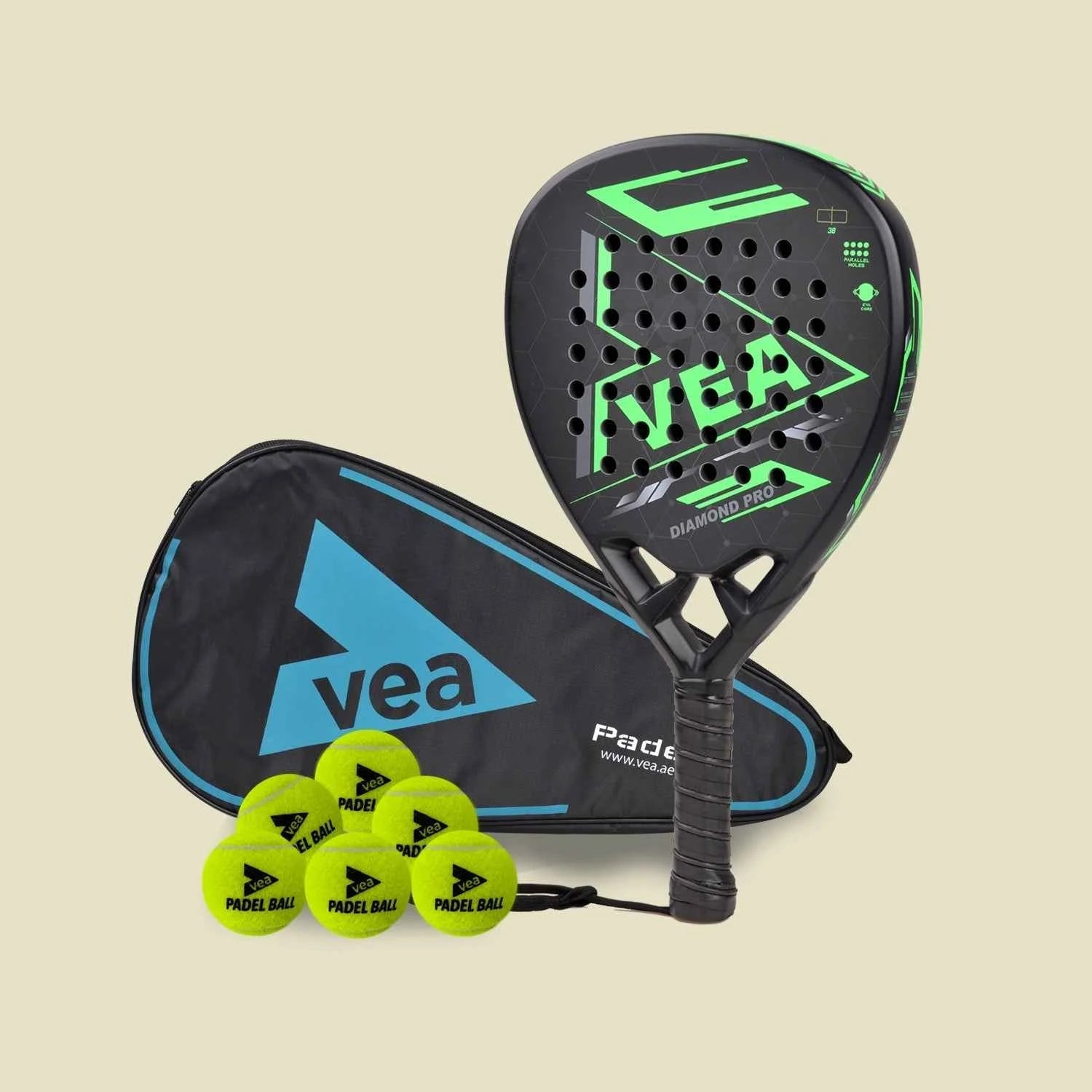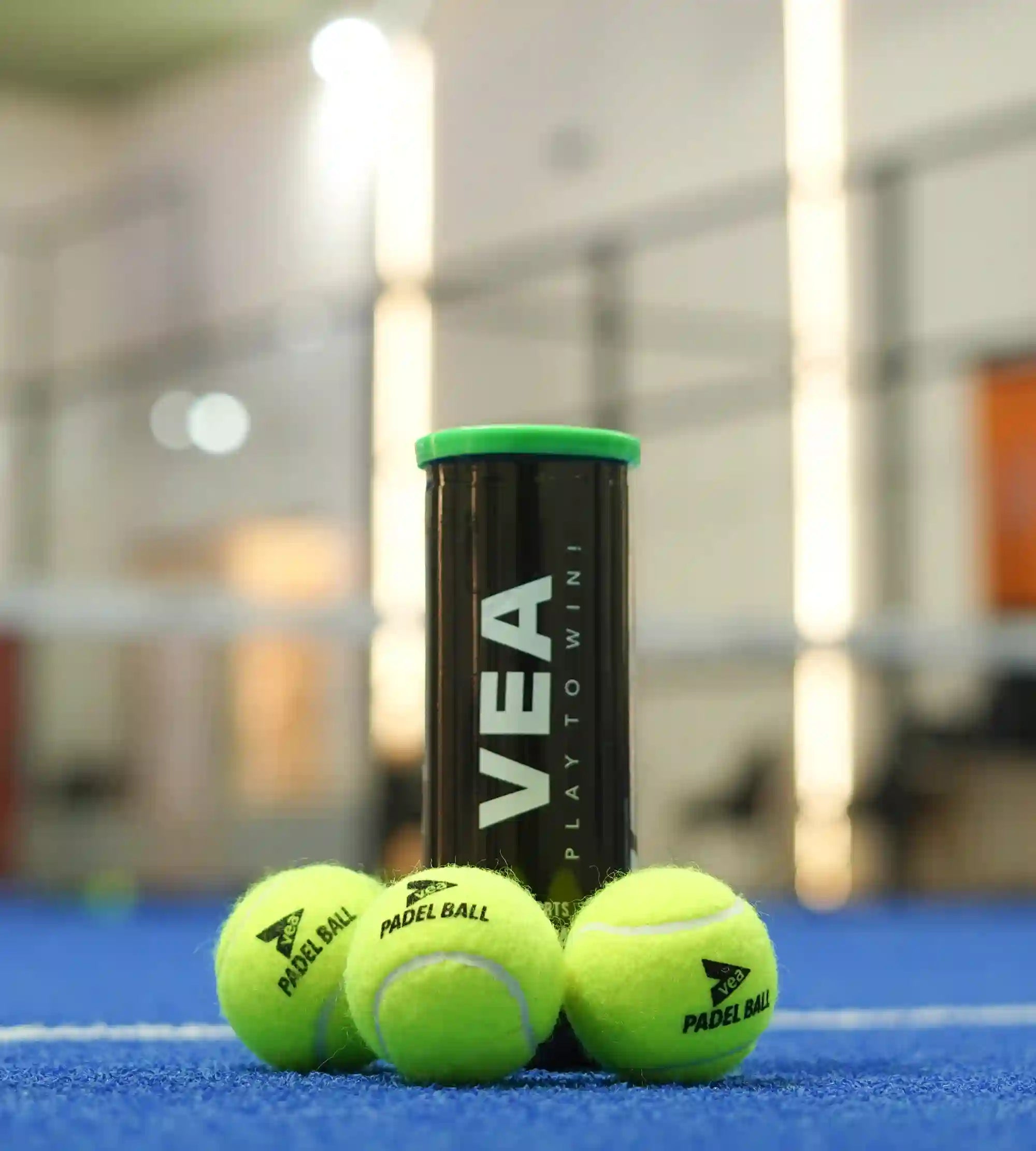Padel doubles positioning: communicate and win more

Padel doubles positioning: communicate and win more
in padel doubles, smart positioning and clear calls beat raw power. when both players move as a unit and speak the same language—“mine,” “yours,” “switch,” “lob”—you’ll own the net, force errors, and win the easy points. this guide gives you a simple map for where to stand, how to move, and what to say—point by point.
gear note: consistent bounce makes decision-making easier. for training and match play, we like the predictable feel of vea padel balls. if you prefer a balanced, arm-friendly frame, try the vea diamond pro padel racket.
Why does positioning matter?
- angle control: closer to the net = sharper angles for you, fewer for them.
- time pressure: take the ball earlier and reduce opponents’ reaction time.
- court coverage: moving together closes gaps—especially the middle.
your starter map: serve & return.
on serve: the server aims the body/tee wide, and the partner starts near the service line and steps in after the serve to hunt the first volley. both look to move up together.
on return: the returner hits a deep cross or chips low (“chiquita”) to feet; the partner shadows toward the middle to block the first volley. if return, float back together—don’t rush.
golden rules of doubles movement
- move like a door: if your partner shifts right, you shift right a little; keep spacing constant.
- own the middle: middle balls are usually the forehand-side player’s unless the backhand is clearly set—decide this pre-match.
- two upbeats, one up and one back: try to gain and hold the net as a pair.
- Defense should be diagonal: when pushed back, angle your shot cross-court, use the wall to your advantage, and lob the ball to reset the play.
win the net: patterns that work
- first volley to the feet: after your serve or approach, play down at opponents’ shoelaces.
- middle squeeze: volley or slow roller through the middle to force confusion and weak replies.
- In a controlled poach, one partner steps across when a slow ball sits up, while the other partner slides behind to cover the vacated line.
simple communication system
use short, consistent words:
- mine / yours: ball ownership—say it early.
- switch: cross behind your partner and swap sides.
- leave: the ball is sailing long/wide; don’t touch.
- When you send a lob, your partner prepares to close the net for the next ball.
hand signals at net (behind back): one finger = serve wide, two = body/tee, open palm = poach planned. confirm verbally before big points.
defense with the walls
- let it come: step back, let the ball hit the glass, then strike with a compact swing.
- low out, high up: low balls go cross-court and low; high balls become high lobs to reset.
- escape the middle first: when jammed, lift down the middle to buy time and reshape the point.
five set plays to try this week.
- lob-and-close: from defense, high lob cross-court; both step forward together to contest the next ball.
- chiquita to feet: on return, soft low ball to the server’s feet; partner pinches middle for the pop-up.
- body serve + first volley middle: jam the returner, then volley safely through the middle gap.
- wide serve, finish line: pull the returner off court, and the partner looks to intercept the line reply.
- slow roller middle: at net, roll a slower ball middle to force indecision; attack the short reply.
common mistakes (and quick fixes)
- both chasing the same ball: pre-decide who takes the middle; call early.
- rushing the net on weak shots: if your ball floats, stay back together and defend first.
- standing glued to the sidelines: leave a step from the glass so you can move in or back.
two-player drills (10 minutes)
- shadow sync (2 min): both move side to side in unison; keep spacing constant.
- middle gate (3 min): place a cone in the middle; rally from the net, aiming just either side of the cone.
- lob-cover (3 min): one lobs, one smashes controlled to the safe middle; rotate roles.
- wall escape (2 min): feed a deep ball; the defender uses back glass, then lobs high to reset.
wrap-up
doubles is a conversation. keep the words simple, the spacing tight, and the shots smart. practice one set play and one drill per session, and you’ll feel the game slow down—in a good way. when you’re ready to upgrade your kit, try vea padel balls for consistent bounce and the vea diamond pro for confident net play.
Faq
who takes the middle ball in paddle doubles?
agree a rule before you start—commonly the forehand side takes it unless the backhand player is set. whatever you choose, call it early.
should we always rush the net?
aim to gain the net on your terms. after soft/short balls, yes. after a floaty shot, defend first, then look to transition.
what’s the best return at the amateur level?
deep cross-court or a soft “chiquita” to the server’s feet. both reduce the first volley’s damage and help you gain the net.





